
Ecosystem responses to elevated CO2 are governed by plant-soil interactions and the cost of nitrogen acquisition
Blog, Careers, Plant Science Research Weekly, Research, Research BlogHow does the cost of nitrogen acquisition affect how an ecosystem responds to elevated CO2? Terrer et al. have addressed this question in a comprehensive review of findings from elevated CO2 experiments, using a plant economics framework. The authors describe ecosystem responses, particularly those of…
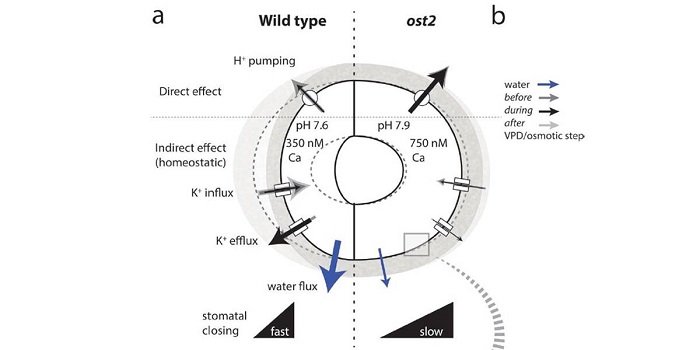
Modeling guard cell-to-leaf scales with OnGuard2
Blog, Plant Science Research Weekly, Research, Research BlogWhile much is known about the processes involved in stomatal movement and the processes involved in the transpiration of leaves, there has been no framework to bridge this micro-macro divide. Wang and colleagues bridge this divide through OnGuard2, a quantitative systems platform that uses the molecular…

Chlorophyll can be reduced in crop canopies with little penalty to photosynthesis
Blog, Plant Science Research Weekly, Research, Research BlogThe effect of reducing leaf chlorophyll content on canopy CO2 assimilation (Acan) is somewhat contentious. Walker et al. obtained data from 67 soybean accessions to parameterise a canopy-root-soil model (MLCan) in order to simulate the effect of altering chlorophyll levels on Acan. There was no increase…

Photosynthesis in Desert Plants: It’s About Time
Research, The Plant Cell, The Plant Cell: In a NutshellBoxall et al. investigate CAM photosynthesis in Kalanchoë fedtschenkoi The Plant Cell (2017). https://doi.org/10.1105/tpc.17.00301
Background: During photosynthesis, most plants use the enzyme Rubisco to capture CO2 during the day. Crassulacean acid metabolism (CAM) plants such as prickly pears,…
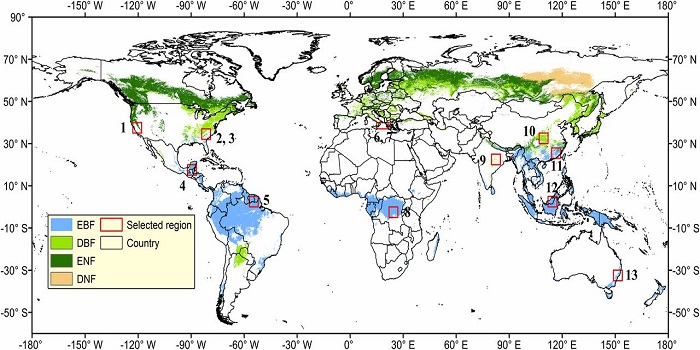
Increasing atmospheric humidity and CO2 concentration alleviate forest mortality risk
Blog, Plant Science Research Weekly, Research, Research BlogLiu et al. used models to predict the effects of climate change on tree mortality in 13 temperate and tropical forest biomes across the globe. When only increased temperature and changes in precipitation are considered, mortality increases in most biomes, with higher emissions models leading to increased…
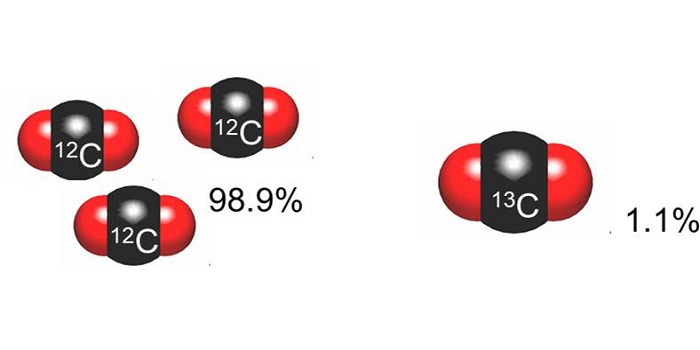
Atmospheric evidence for a global secular increase in carbon isotopic discrimination of land photosynthesis ($)
Blog, Plant Science Research Weekly, Research, Research BlogCarbon exist in two stable isotopic forms; 99% as 12C and 1% as 13C. The carbon-fixing enzyme Rubisco preferentially fixes 12C, so fossil fuels are enriched for 12C, and since the industrial revolution the atmospheric 13C / 12C ratio has been increasing as the 12C-enriched fossil fuels are reconverted…
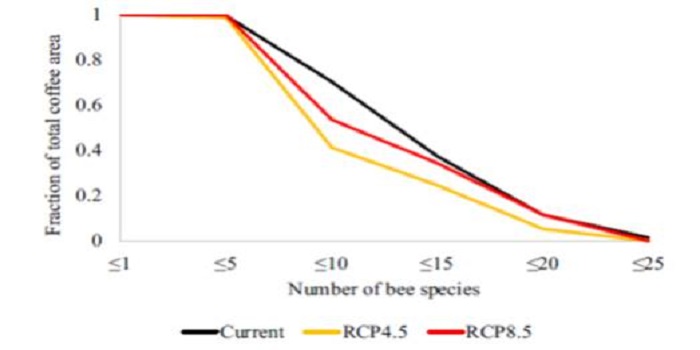
Coupling of pollination services and coffee suitability under climate change
Blog, Plant Science Research Weekly, Research, Research BlogWith changing climate, crops may need to be relocated to new regions for optimal growth temperatures or precipitation, but temperature and rainfall are not the sole influencers of productivity. Many crops, including coffee, depend on pollinators, which may or may not be available in other regions. Imbach…
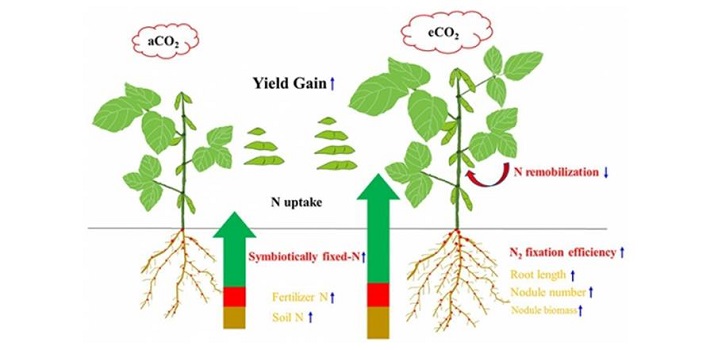
Elevated CO2 increases N2 fixation and contributes to various yield responses of soybean
Blog, Plant Science Research Weekly, Research, Research BlogClimate change is certain to affect our ability to produce food crops and feed a growing global population in the twenty-first century. Free-air CO2 enrichment (FACE) experiments have shown that elevated CO2 (eCO2) levels, a major driver of climate change, have a consistently positive effect on the…
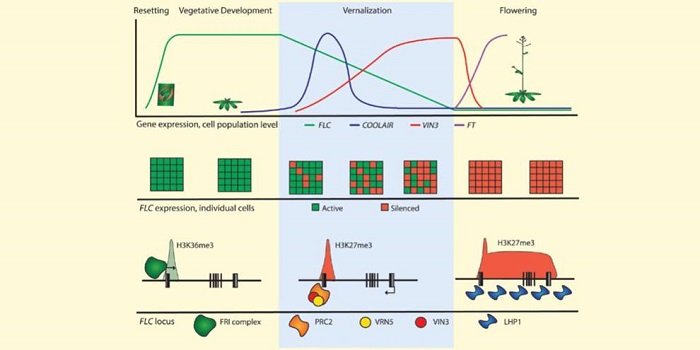
Review. Fine-tuning timing: Natural variation informs the switch to flowering in Arabidopsis thaliana ($)
Blog, Plant Science Research Weekly, Research, Research BlogThe transition from vegetative growth to a flower-producing reproductive state is highly regulated by environmental cues. The model plant Arabidopsis thaliana has a wide distribution throughout different habitats, so each accession has different adaptations strategies. One of the major factors that varies…

